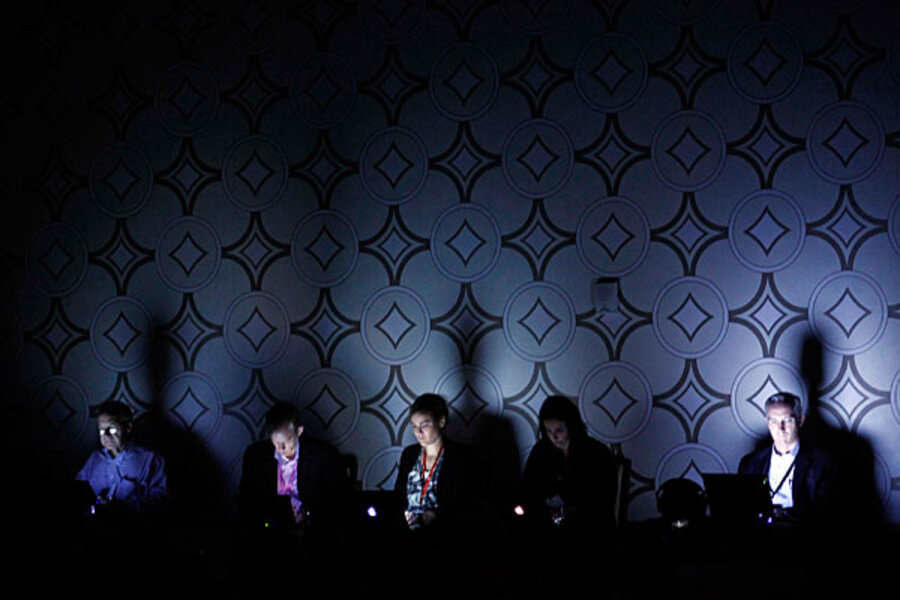Many news-media analysts say it's hard to arrive at a definitive answer on the bias question. Can one be objective about subjectivity? Certainly it's worth an effort, and some have tried.
No, news organizations aren't biased
One innovative academic study compared newspaper endorsements on ballot propositions with the way local residents opted to vote. It concluded that editorial pages tend to mirror the views of residents – without any visible bias to the liberal side. But even if this offers a useful hint about editorial pages, it doesn't weigh the larger field of news reporting.
The Pew Research Center's Project for Excellence in Journalism crunched numbers late last year and found that coverage of Obama had a negative tone more often than did coverage of Republican presidential aspirants. As of this spring, the project was tracking the tone of coverage for Romney and Obama, and it found a generally positive tone for Romney from March through May. For Obama, the tilt was more negative.
Yes, they are
If "the customer is always right," as the old saying goes, maybe this survey counts as empirical evidence of bias. Gallup numbers released last year find that 47 percent of Americans believe the news media are too liberal, compared with only 13 percent who say too conservative. Interestingly, the numbers haven't changed much since 2002, as Gallup has tracked the question each year.
But the perception of both liberal and conservative bias has risen slightly. In 2002, some 40 percent of Americans said the media reflect a tone that is "just about right," while only 36 percent say that now. In a survey released in September, Gallup reported that overall distrust of the media is now at an all-time high (60 percent) in its history of asking about that, which goes back only to the 1990s.






